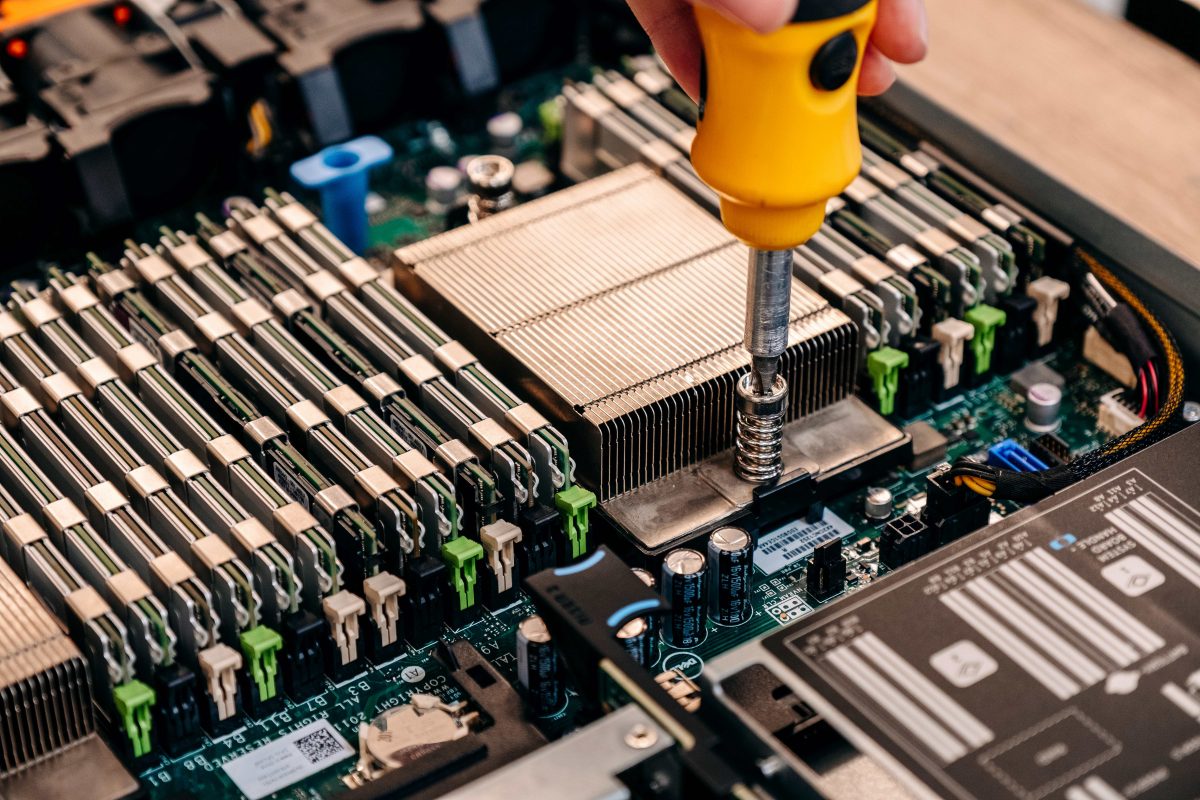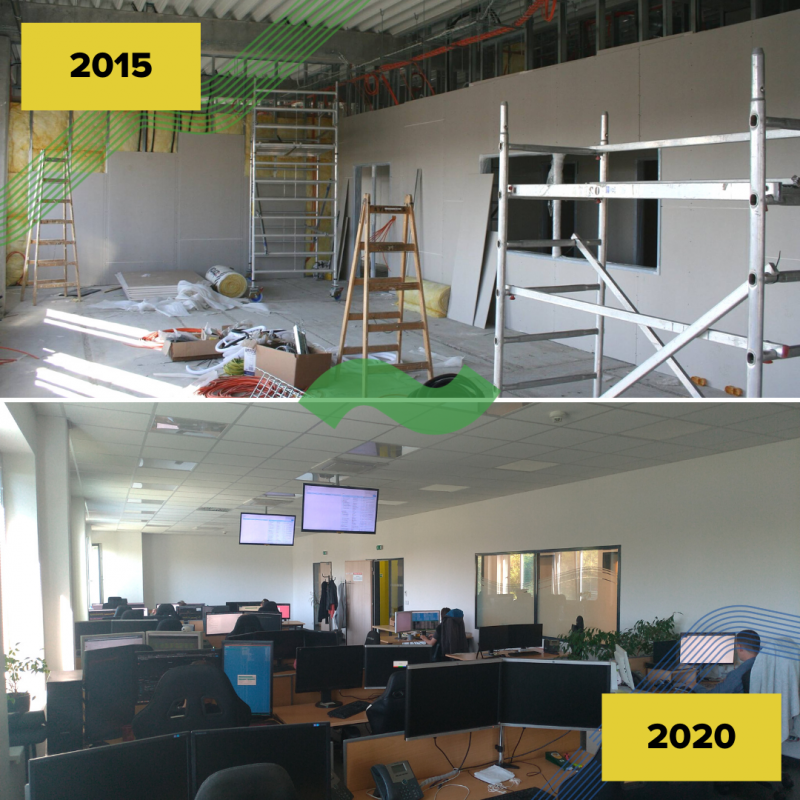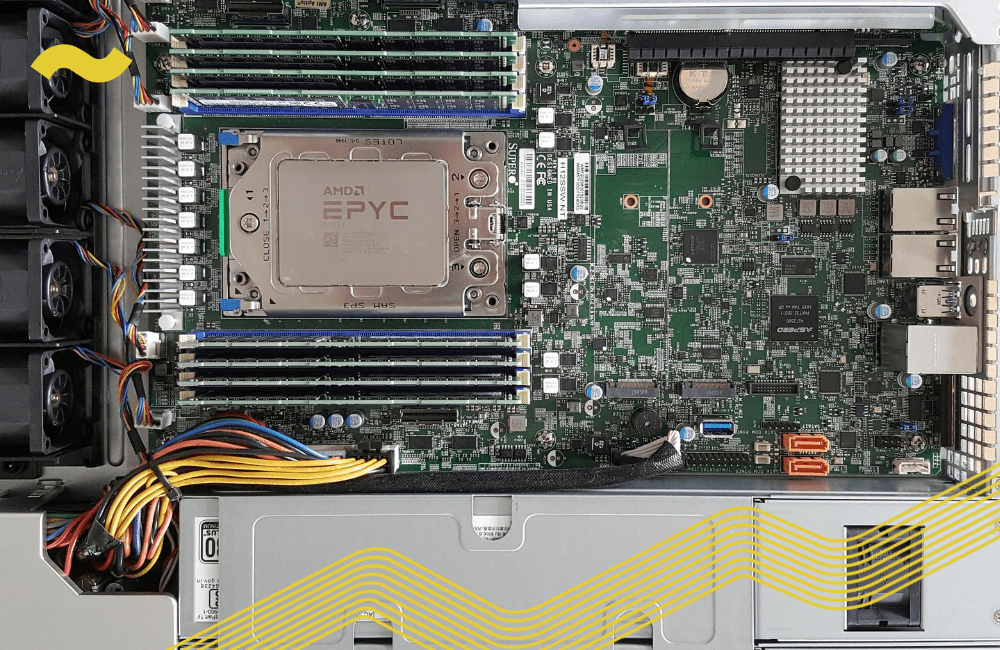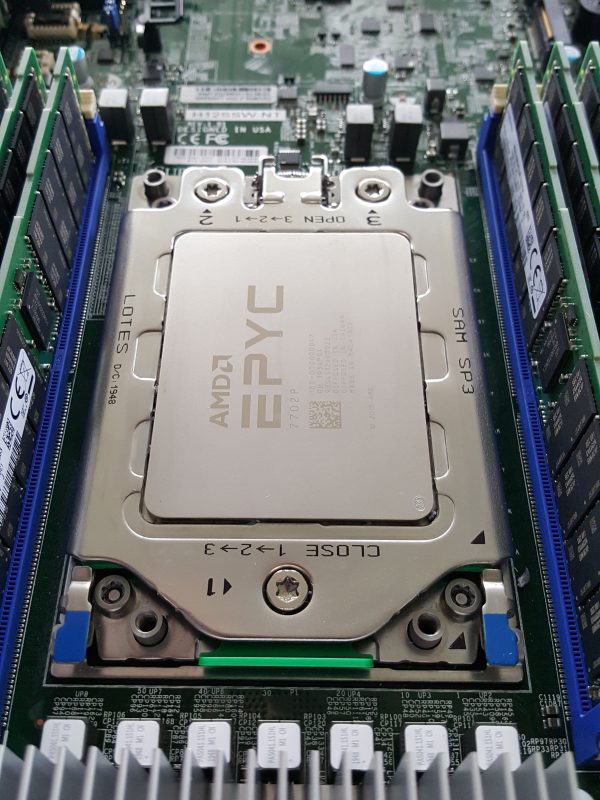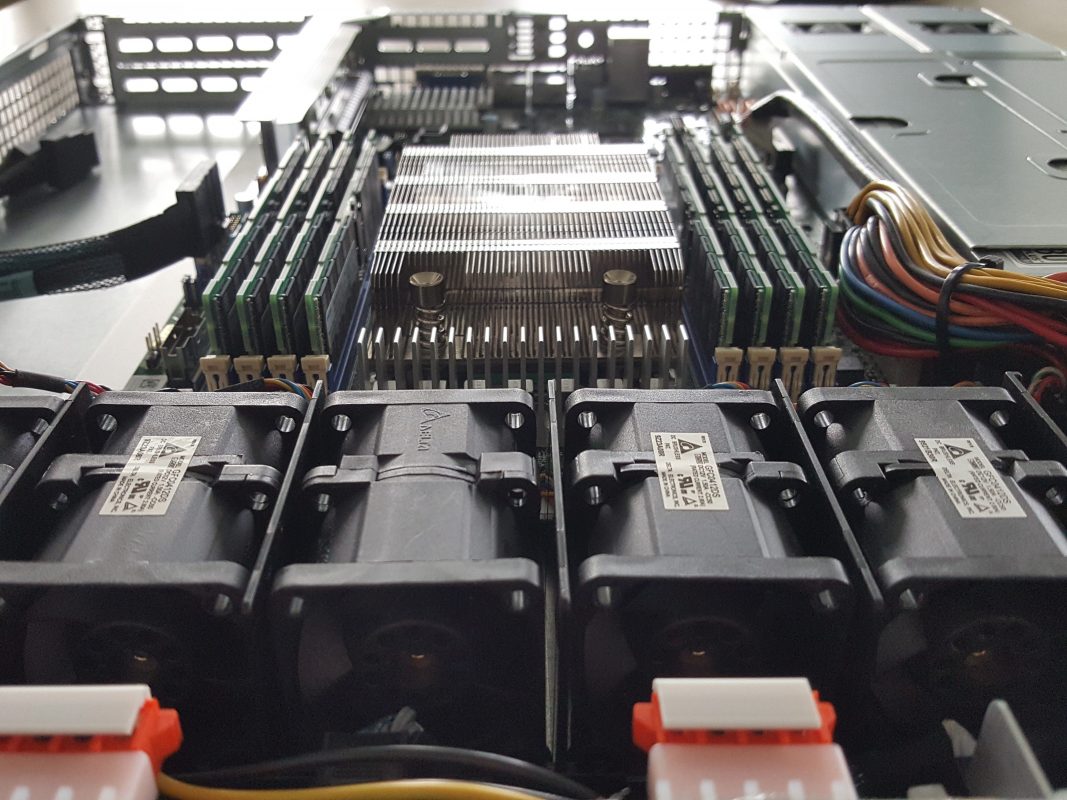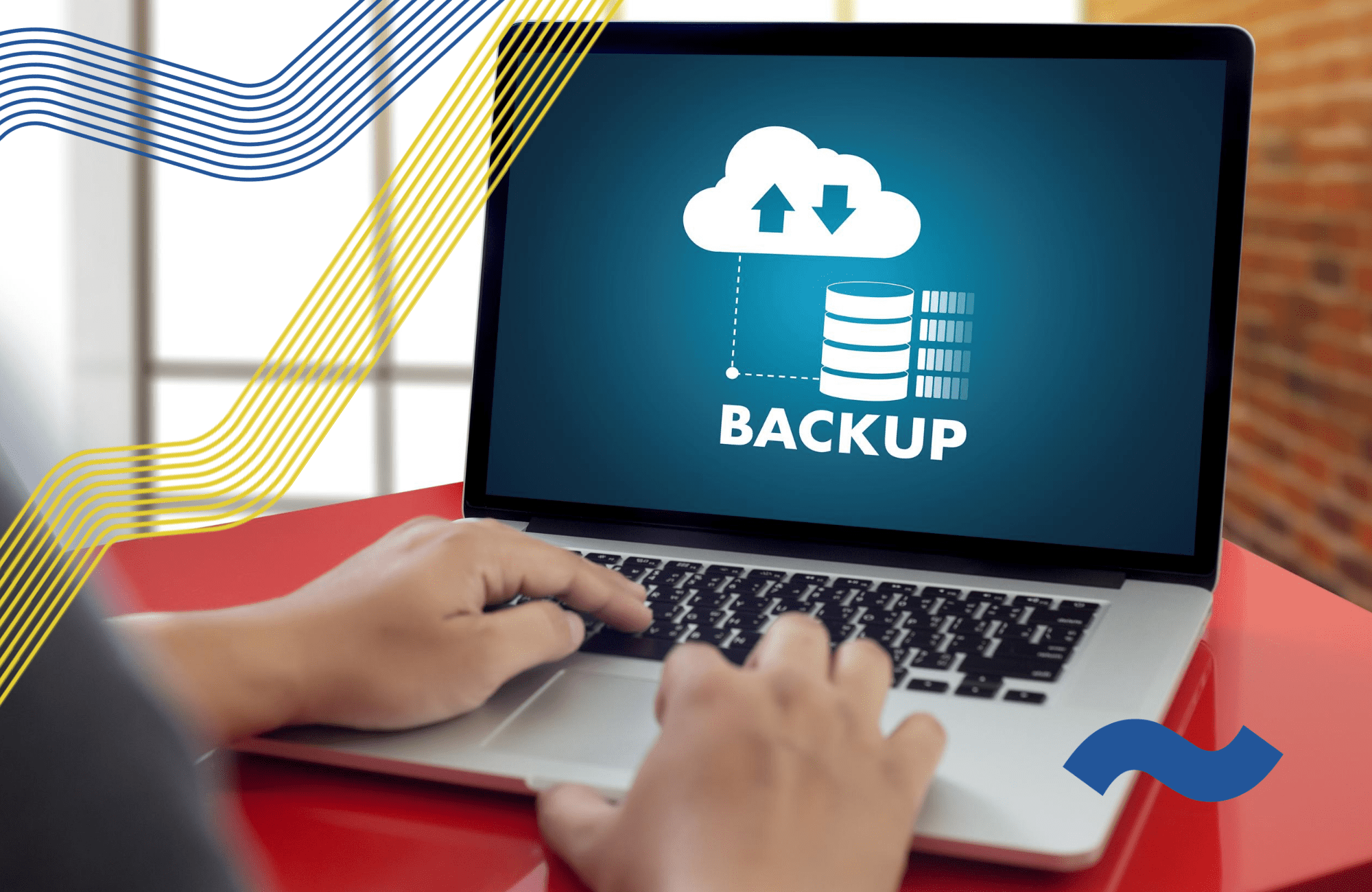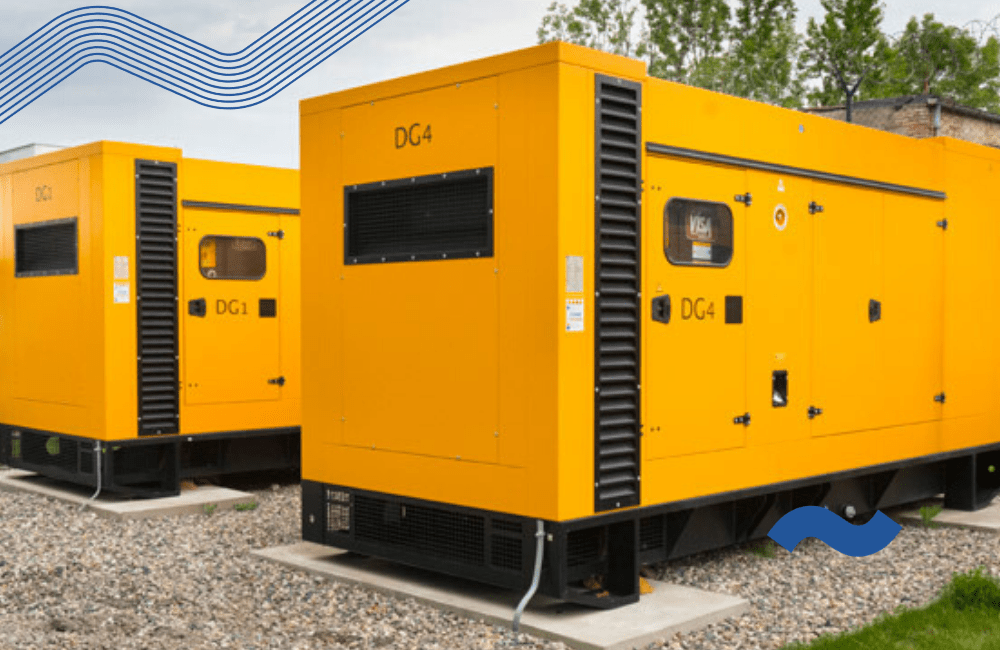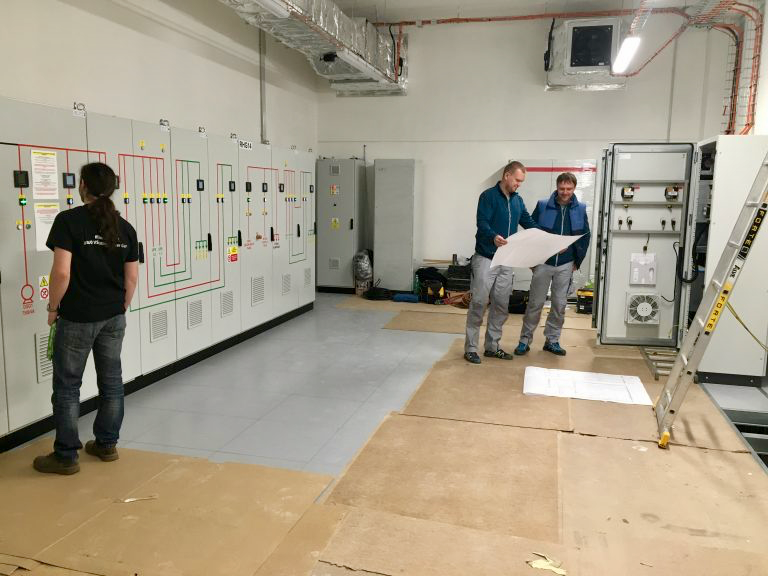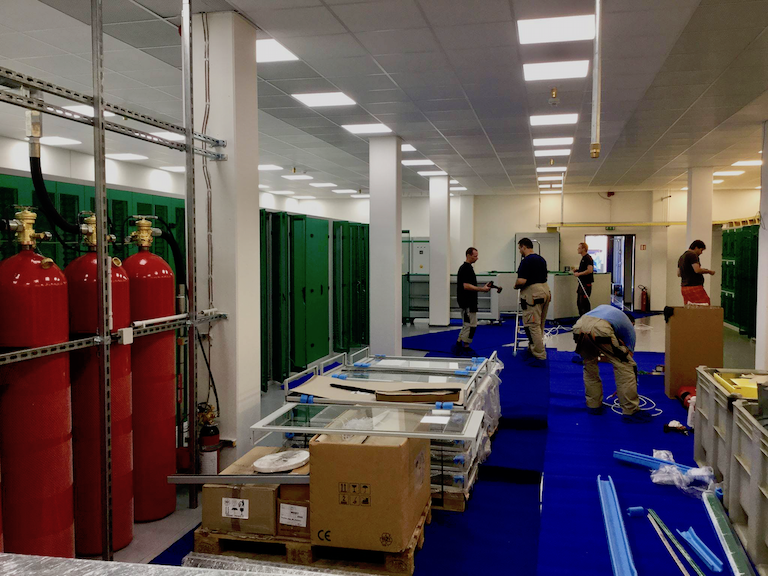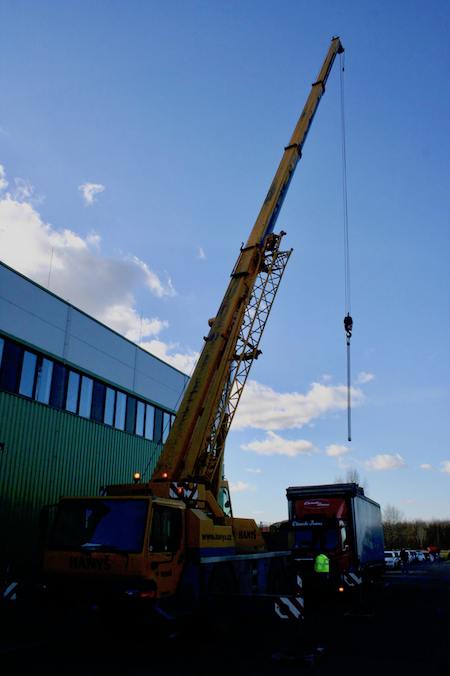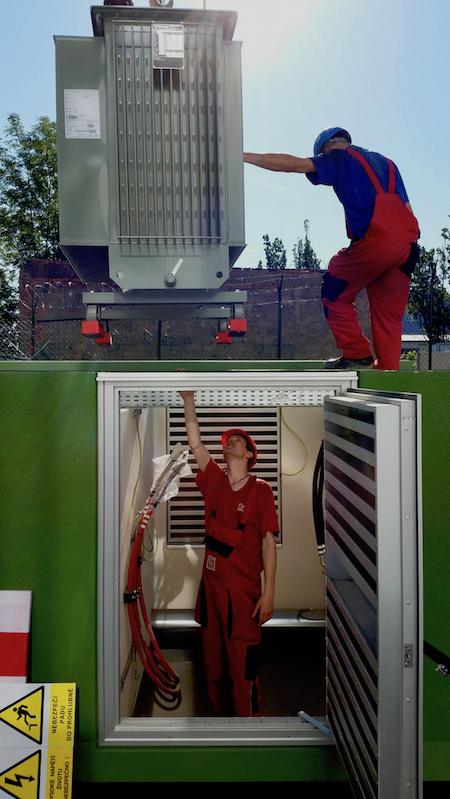Green IT and Sustainability: Shaping the Future of Information Technology
Information Technology (IT) has experienced explosive growth in recent decades, but it has also had a significant environmental impact. As we navigate this technological age, Green IT and Sustainability emerge as crucial allies in harmonizing technological advancement with preserving ecological harmony.


The Digital Dilemma: IT’s Environmental Impact
With the digital universe expanding rapidly, over 4 billion active internet users are part of a network whose environmental impact is becoming increasingly apparent. Smart devices, internet infrastructure, and the systems that support them are responsible for approximately 3.7% of greenhouse gas emissions and this figure is projected to double by 2025. This stark reality calls for immediate action towards sustainable IT practices.
Eco-Friendly IT Strategies: What Steps Can We Take?
1. Energy Management and Reduced Carbon Footprint
Data centres and server farms consume huge amounts of energy, leading to extremely high carbon emissions. Increasing their energy efficiency is therefore pivotal in the Green IT strategy. This can be achieved, for example, by introducing advanced cooling technologies and the use of renewable energy sources.
2. Combating Electronic Waste
The rapid turnover of electronic devices is generating large amounts of waste. To counter this, Green IT emphasizes recycling, developing more durable products, and embracing devices with modular designs that are easier to repair and upgrade, thus reducing e-waste.
3. Software Optimisation for Energy Efficiency
Energy-efficient software development is another critical area. Employing advanced algorithms and streamlined coding techniques can substantially lower the energy required by software.
4. Incorporating Green IT Practices in Business
An increasing number of companies are recognising the importance of Green IT and implementing eco-friendly operational practices. Paperless offices,energy-saving devices and encouraging remote work are some ways to reduce the environmental impact of day-to-day business activities.
Vision, Challenges, and the Way Forward
Implementing Green IT comes with its set of challenges. These include: high initial costs, technological barriers and a general lack of consumer awareness. However, the growing interest in eco-friendly IT practices highlights them as essential to building a sustainable future.
Business-Environment Synergy
Adopting Green IT approaches such as energy-efficient hardware, recyclable materials and eco-friendly operating practices offers dual benefits. They not only aid the environment but also enhance business efficiency. These practices enable organisations to ensure regulatory compliance, cut operating costs and elevate their corporate reputation, effectively merging ecological responsibility with business success.
Impact Through Design
A prime example is website design optimization. Simply creating more user-friendly websites that make finding the desired content easier can significantly reduce unnecessary data traffic and its associated environmental impact.
The Role of Innovations
Sustainable IT is not just about the present, but also the future. Technological advancements such as energy-efficient data centres and smart grids will play a crucial role in shaping a more sustainable future, in which IT managers, professionals, and all technology users must play an active role.
vshosting: A Case Study in Sustainability
Vshosting stands as a testament to sustainable IT practice. We thought about sustainability and the environment from the outset. Our data centre was designed for maximum efficiency and we continue to invest heavily in renewable energy sources to reduce our ecological footprint.
Running modern hardware along with optimizing ventilation and cooling, has led to further energy consumption reductions.
Alongside efficient waste management, waste reduction and recycling programs, these initiatives have earned our data centre green energy certification since 2022.
Conclusion: Green IT – A Responsibility and Opportunity
Green IT is not merely a trend; it’s a responsibility and an opportunity for today’s businesses. By adopting eco-friendly hardware, promoting recyclable materials, and implementing environmentally conscious practices, companies can reduce costs, and enhance their corporate reputation. More importantly, they contribute to a sustainable future, where technology and ecology exist in harmony.


